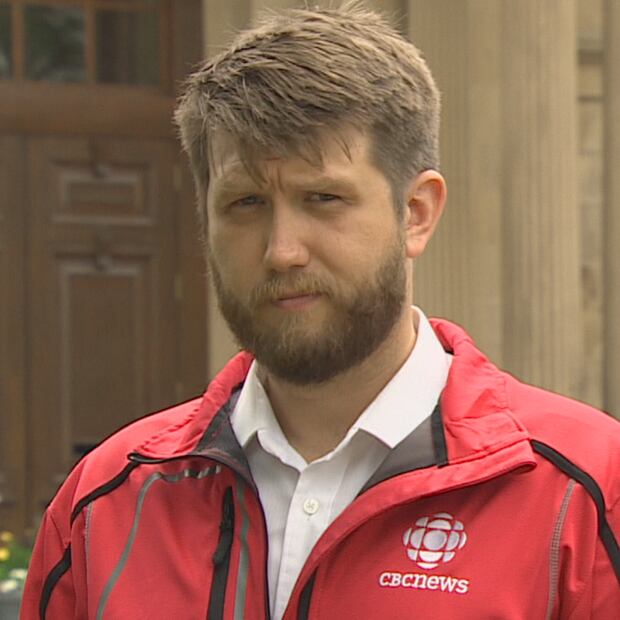Rabies vaccine payload many years in the making
New, sweet-smelling rabies vaccine targets foxes, raccoons and skunks

The cabin of the yellow 300 Twin Otter aircraft smells heavily of sweet vanilla and maple. It's a smell designed to lure small animals while masking the payload of rabies vaccines inside.
There are around 500,000 such "treats" waiting inside a chilled trailer at the Fredericton airport. Tens of thousands of them are dropped on the province every time the sweet-smelling plane leaves the tarmac.
Mike Allan, provincial rabies co-ordinator, said this is the second year of the program.
With 20 years experience in rabies vaccination programs, Allan has spent the last two working with the New Brunswick government trying to get the number of rabies cases in the province down to zero.
Last year, there were 27 reported cases. This year, so far there has been one.
"We've got a great bait now," said Allan in reference to the small green foil packages soaked in a tan, waxy coating.
"This works well on all three vector species. Originally, we didn't have that capability."
The sweet smelling bait is built like a small dairy creamer container. It's years of research that gets dropped out of the bottom of the yellow Otter plane via conveyor belt.
ONRAB — developed in Canada and short for Ontario Rabies Vaccine — is much more successful than its predecessors, according to Allan.
The original air-dropped vaccine only targeted foxes.
But the new, smaller, vanilla-flavoured lures inoculate foxes, raccoons and skunks, which are also known to be vector species for the virus.
Plus, the old baits used a combination of codfish and chicken broth, something Allan describes as significantly less pleasant in a confined plane cabin.
"They stunk," said Allan.
"We've evolved now to a state where this vaccine and bait works well on all three species."
The plane crew is contracted from the Ontario Ministry of Natural Resources.
From the front of the plane, Beverly Stevenson, the co-ordinator, controls the conveyor belt that government workers, and volunteers load up with hundreds of the vaccines.
Because the plane flies low, a few hundred feet above the ground, Stevenson is able to time the conveyor to avoid dropping vaccines onto roadways, waterways and backyards.
It's also a cost saving method since each tab costs about $2. Annually, the program costs around $1 million.
"We do straight lines, then bank around and do another, back and forth," Stevenson said.
But the vaccines raining from the sky are no substitute for the veterinarian or a trip to the doctor.
"Even though they're harmless to people and to pets, we still recommend people vaccinating your pets" said Allan.
"And enjoy nature from a distance."

